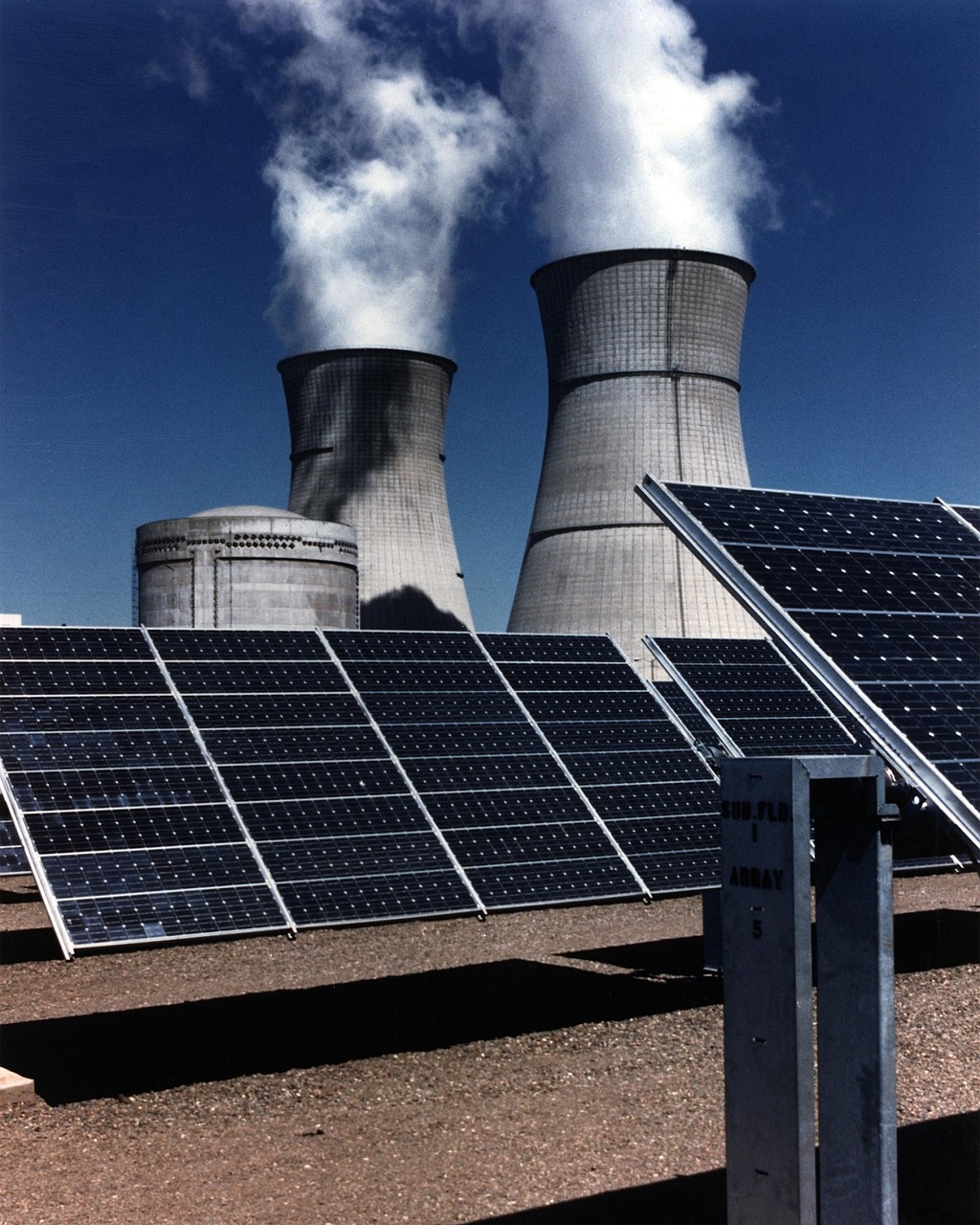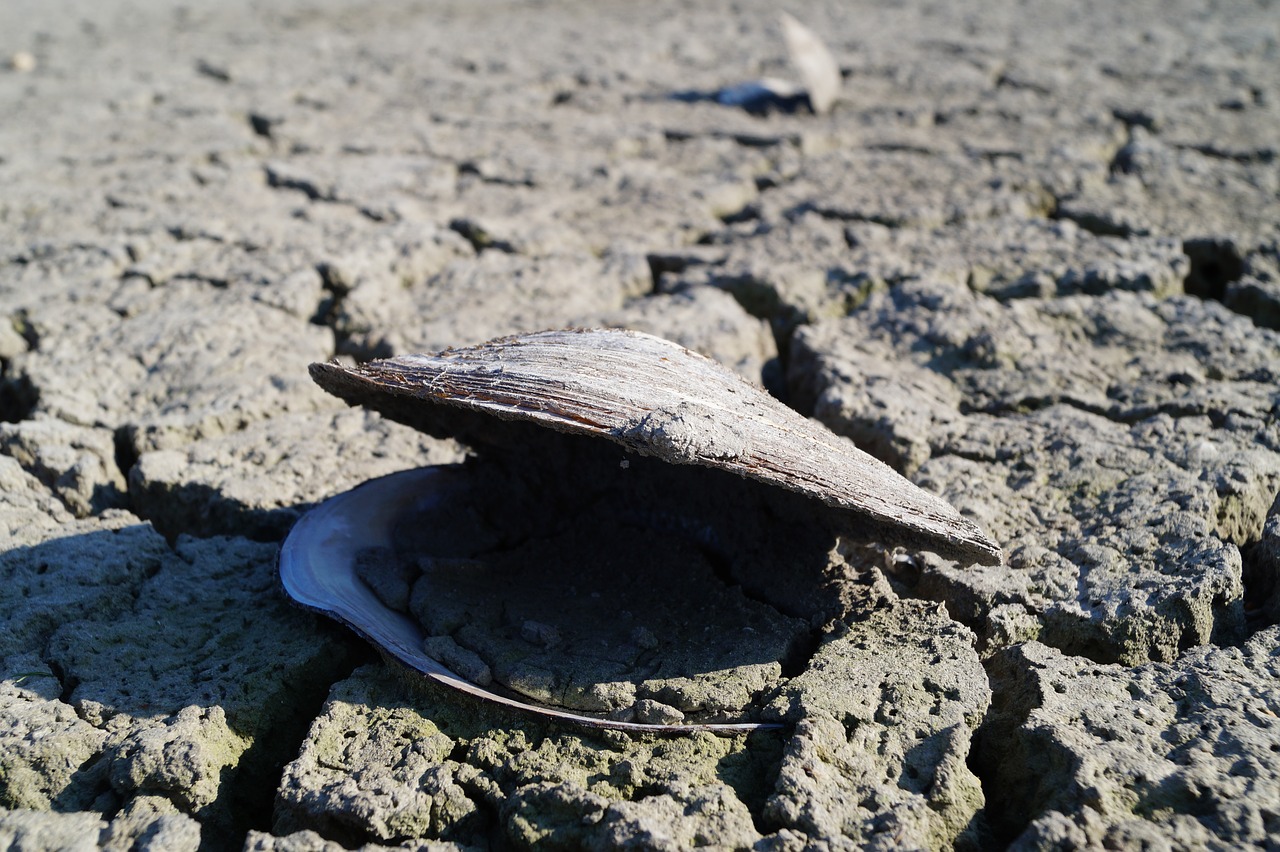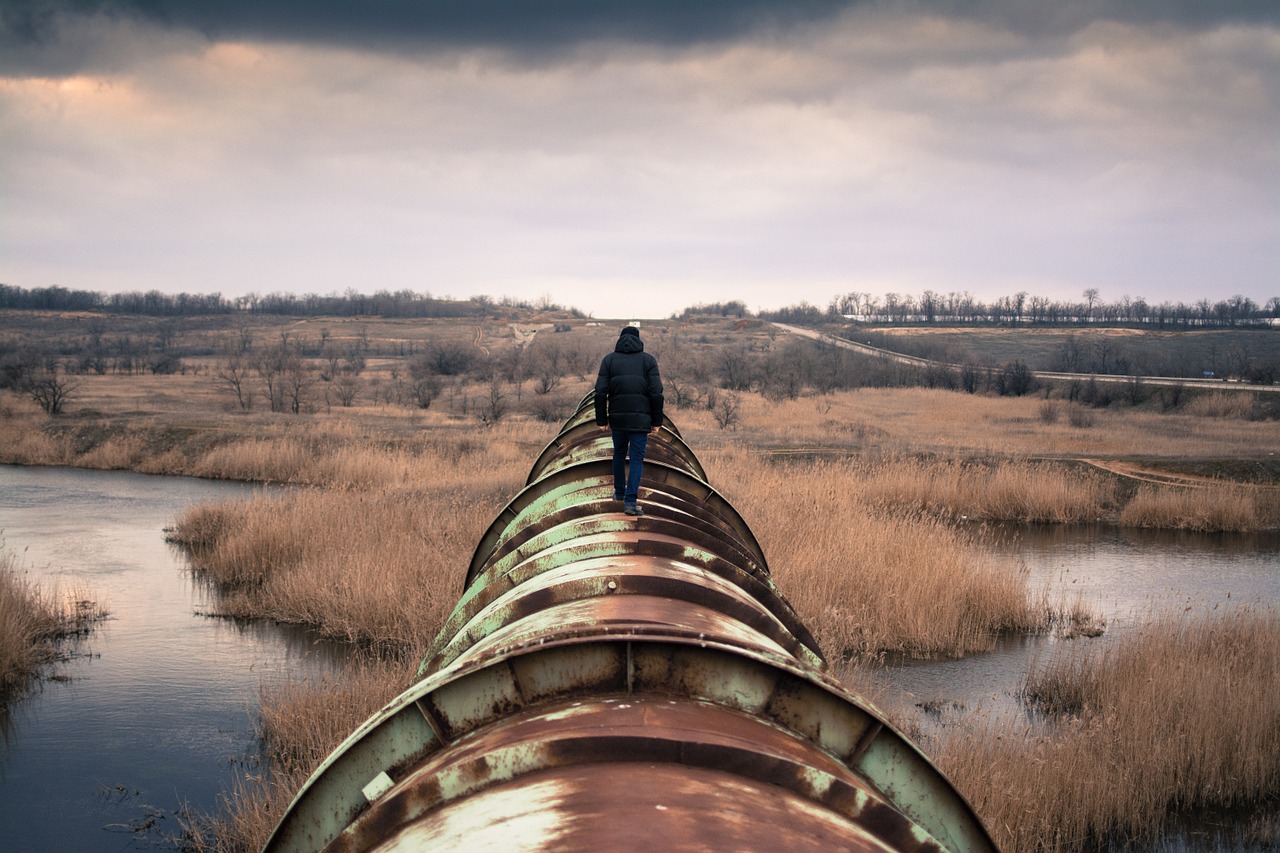Beyond Politics: A project manager's argument for clean energy
In business, when you need something done right, project management ensures a thorough and systematic approach. It organizes people, tasks and deliverables to make sure that each step delivers the desired results, and keeps the whole process on schedule and on budget.
 There is a moment in project management, however, in which everything you believe you know about a system becomes irrelevant, and you're forced to admit one thing: the system is out of control. This is called the Rule of Seven: When seven key performance indicators show up outside your "control range", the limit of what is normal or acceptable. Perhaps there was a specific skill set needed that wasn't accounted for in the initial plans, or the scope of the project swelled beyond its budget.
There is a moment in project management, however, in which everything you believe you know about a system becomes irrelevant, and you're forced to admit one thing: the system is out of control. This is called the Rule of Seven: When seven key performance indicators show up outside your "control range", the limit of what is normal or acceptable. Perhaps there was a specific skill set needed that wasn't accounted for in the initial plans, or the scope of the project swelled beyond its budget.
It's never pleasant. Good project managers understand that, at this point, the time for ego has passed. With the exception of diagnosing the source and determining a solution, ascribing blame is useless. The only thing that matters is avoiding a catastrophic failure. If the issue is avoidable and the right steps are not taken, it isn't a failure of the system - it's a failure of the stakeholders.
We can apply the lessons of the business world and project management, to stewardship of our planet. When it comes to climate change, pointing fingers is a waste of time. The data is clear: The greenhouse effect of carbon dioxide is the lead culprit, and energy production is the leading source of CO2 emissions on the planet. Mounting data-the hottest years on record, the most powerful cyclones, and the worst droughts and wildfires ever recorded-indicate the global climate system is out of control.
The time has come to use the same logical and systematic approach to problem solving that we would use in any business case.
- Do we have lower, scalable CO2 emission energy production options?
Yes. Renewable energy sources such assolar, wind, geothermal, andhydro produce power with very little emissions attributed to their manufacture and ongoing operation. Advances in natural gas production (like the ability to use the waste heat from burning natural gas to produce energy) affords the opportunity to magnify the production, by not wasting the heat energy of the exhaust coming out of the generators themselves.
- Can we maintain our quality of life utilizing these options?
Yes. With the maturation of energy storage, it's possible to balance the production of these combined resources to function like traditional baseload resources (such as coal and nuclear) to supply the consistent, on-demand power on which our lifestyles depend. Beyond that, there are numerous advantages to deploying distributed multi-resource microgrids.
- What are the pros and cons of implementing the new strategy? Can it solve the problem?
This is where the magic happens. By bringing a multi-resource solution to the problem, you not only create a diverse portfolio of production options, you also build in redundant safety to reinforce the power grid in case one resource is compromised. When it is cloudy, the wind is usually blowing. When sunshine seemsrelentless, excess energy can be stored for use when the sun goes down. When there is no sun or wind, Natural gas can still provide a lower emission option than coal. Hydro and geothermal power are both essentially based on gravity (creating downward pull on water and the internal heat of the Earth's core).Gravity isn't going anywhere.
With these details in mind, the need to deploy possible solutions becomes apparent.

But, what do detractors say?
"The data is flawed."
This argument belies the evidence what we are all experiencing personally and witnessing firsthand: Summers are hotter. More people than ever are dying from heat waves each year, and our favorite coastal locales are being inundated by flooding from big events, and even lunar cycles.
"It's too hard/too expensive/too complicated"
This argument is usually posited by those who directly benefit from the status quo.
 Every critical infrastructure-medical, transportation, communications, commerce, transportation-depends on reliable energy infrastructure. By engineering a system that depends on one vulnerable component, you are effectively creating a design flaw.
Every critical infrastructure-medical, transportation, communications, commerce, transportation-depends on reliable energy infrastructure. By engineering a system that depends on one vulnerable component, you are effectively creating a design flaw.
Large distribution networks are hard to secure, difficult to maintain and expensive to operate. With large portions of the grid's hardware dating back upwards of 40 years, the cost of maintenance and repair could actually be more than replacing the system with more modular, modern technologies. These smaller, distributed microgrid resources offer redundancy in case of failure, and allow for targeted delivery to address a given region's specific needs.
Distributed energy resources(DERs), such assolar and storage, allow forenergyinfrastructure deploymentin a way that protects against single vulnerabilities. New technology, like blockchain, can enablethe entire operation of the grid by using a transparent, authenticated, identity-based grid management platform. These systems will help speed integration by tying in newer modular technologies, as well as communicating with older legacy power generation assets.
When a system is out of control, your options are either tocome with answers and solutions,or be held accountable for its failure. Fixing the global energy system is beyond a question of politics. It's inherently a question of survival.
Michael Lumbley is Director of Development at Alternative Resource Group, a company that works with conventional and renewable resources, battery storage and state of the art delivery systems to provide stable and cost-effective power generation.
Alternative Resource Group | www.alternativeresourcegroup.com
Author: Michael Lumbley
Volume: 2018 November/December







